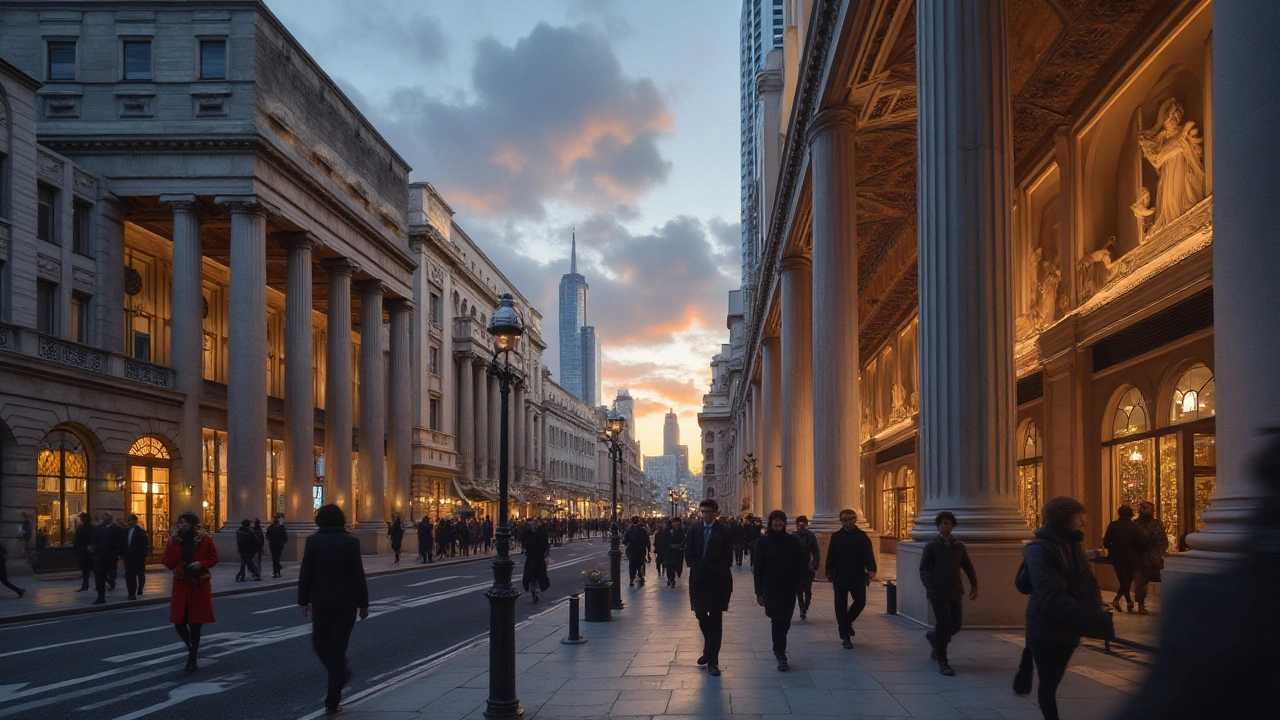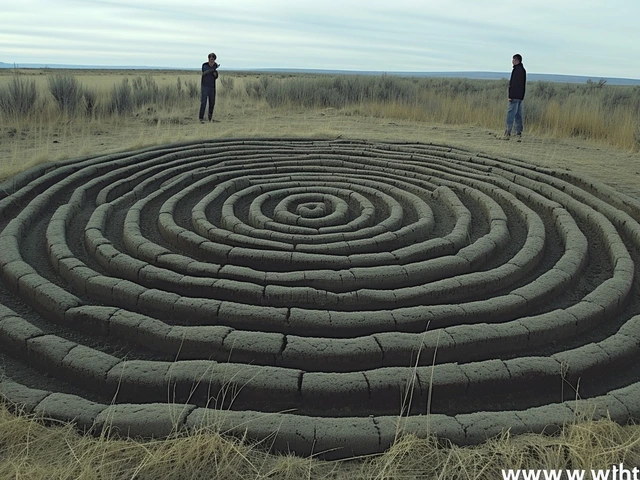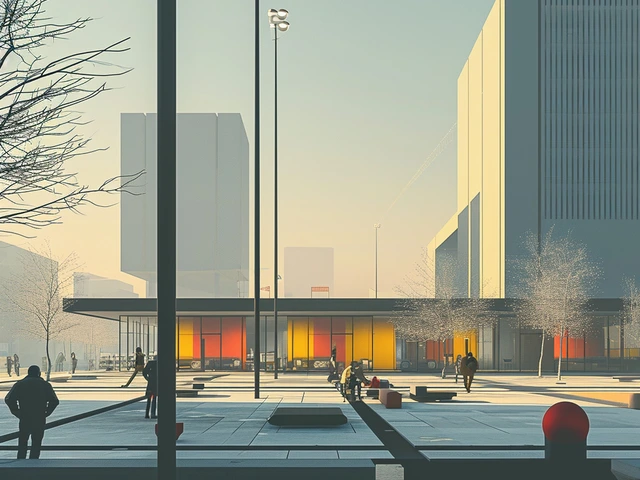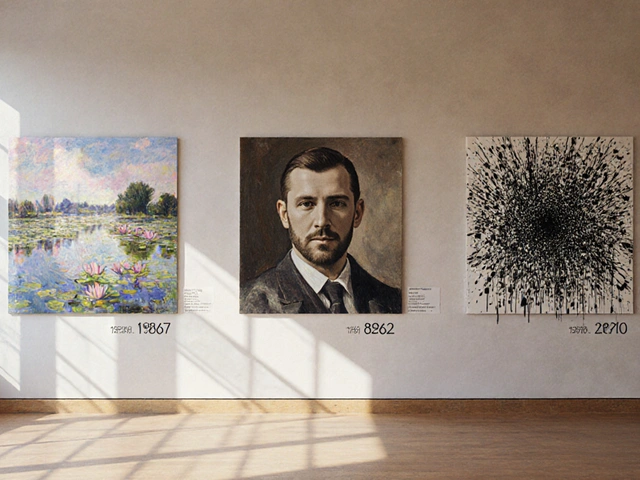Classicism, with its reverence for ancient Greek and Roman ideals, has seen varied levels of prominence over the centuries. Today, as our world grows in complexity, there's a fascinating trend: the resurgence of classical concepts in modern culture.
Is this movement a genuine revival, reinterpreting timeless values for the contemporary era? Or is it more of a nostalgic glance backward, seeking comfort in familiar forms and principles? In this article, we’ll explore these questions, looking at the ways classicism is influencing art, architecture, and broader cultural trends today.
Join us as we delve into the delicate dance between the past and the present, discovering how ancient wisdom continues to shape, and sometimes clash with, modern sensibilities.
- Understanding Classicism
- Modern Artistic Influences
- Architectural Resurgence
- Cultural Impact and Future Prospects
Understanding Classicism
Classicism is more than just a fondness for ancient Greek and Roman art, literature, and philosophy. It’s a lens through which we view beauty, harmony, and proportion. Rooted in the cultural achievements of ancient civilizations, classicism celebrates a balance of form and function, striving for a sense of timeless idealism. Historically, it has seen multiple revivals, notably during the Renaissance and the Neoclassical period of the 18th century.
The Renaissance, or 'rebirth', saw European society rekindle an appreciation for the arts and philosophies of antiquity. Artists like Leonardo da Vinci and architects such as Andrea Palladio studied ancient texts and ruins, desiring to emulate the perceived perfection of the classical world. The result was an era that placed high value on symmetry, proportion, and disciplined artistry.
The 18th century brought Neoclassicism, another period of renewed interest in classical principles. This era was characterized by an emphasis on order, simplicity, and restrained emotion. Influenced by the discoveries at Herculaneum and Pompeii, Neoclassical artists and thinkers sought to strip away the excesses of Baroque and Rococo styles. As the philosopher Johann Joachim Winckelmann once wrote, “The only way for us to become great, perhaps inimitable, is by imitating the ancients.”
Classicism isn't confined to historical periods; it's a powerful current that influences modern culture in subtle, enduring ways. For instance, the design principles and architectural elements from classical times still serve as foundational elements in the training of architects and artists today. One cannot ignore classical motifs in modern public buildings, government institutions, and even in the design of educational facilities.
Film and literature are also awash in classical references. Whether it's the heroic epics seen in blockbuster films or the moral dilemmas and tragic figures in contemporary literature, the shadows of classical ideals loom large. This isn't just a mere fondness for the past, but an ongoing conversation with it.
Moreover, the ethical and philosophical lessons from classical literature still resonate. The dialogues of Plato, the stoicism of Marcus Aurelius, and the tragedies of Sophocles offer invaluable insights into the human condition. These ancient texts provide modern readers with wisdom that transcends time, speaking to enduring questions about virtue, justice, and the nature of happiness.
So, is classicism a revival or a reminiscence? It's both, really. It seeks to bring ancient ideals into the present while honoring their enduring influence. As we navigate an era of rapid change and uncertainty, the balanced and harmonious principles of classicism offer us a way to anchor ourselves. They serve as a reminder that behind all innovation lies a foundation of timeless truths.
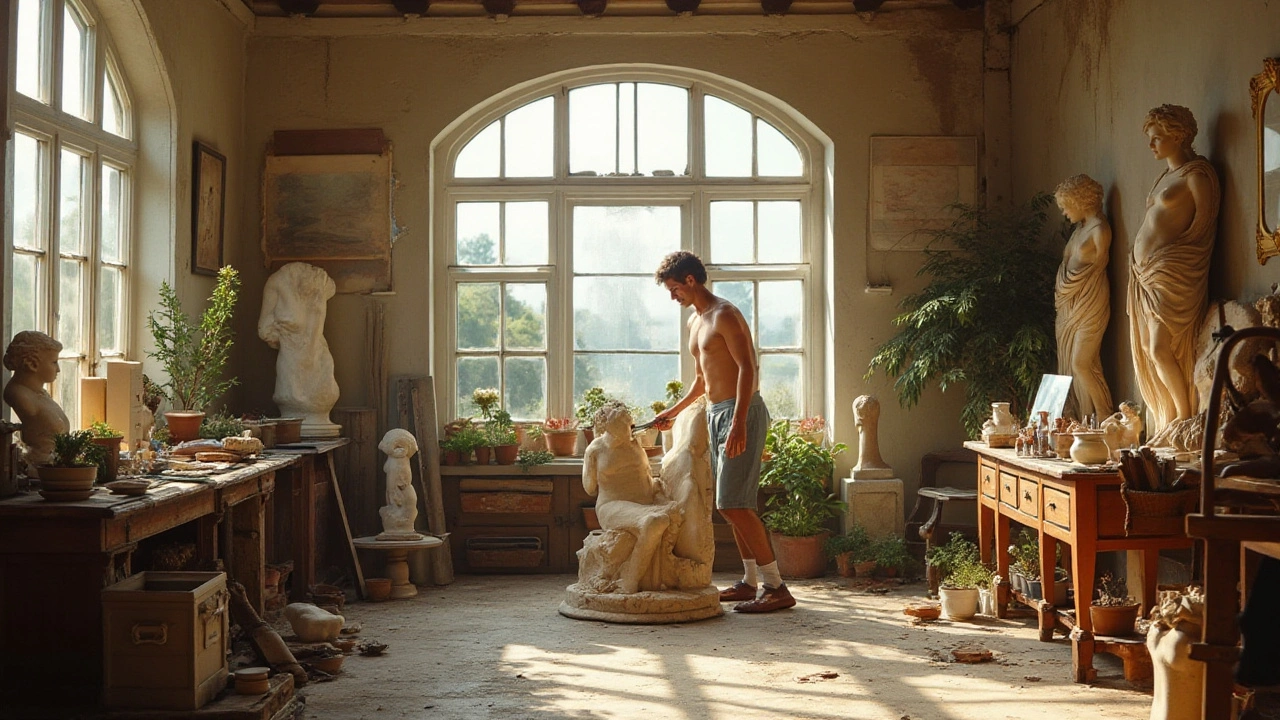
Modern Artistic Influences
In today’s art world, the echoes of classicism can be found resonating across various mediums, from visual arts to performance. One notable example is the resurgence of figurative painting, a style that was once at the heart of classical tradition. Modern artists like Kehinde Wiley draw directly from classical sources, often reinterpreting them with a contemporary twist. Wiley’s large-scale portraits combine the grandeur of classical poses with a focus on modern-day subjects, frequently African-Americans, thereby bridging the past with the present in a visually striking manner.
Sculpture, too, has seen a revival of classical techniques and forms. Contemporary sculptors like Jeff Koons have embraced materials and methods reminiscent of ancient times but applied them in new, sometimes provocative ways. Koons' works, such as his famous balloon animals made of stainless steel, leverage traditional sculptural skills to create pieces that challenge modern consumerism while paying homage to classical craftsmanship.
Architecture, often considered one of the purest forms of classic expression, has also seen a revival of classical elements. This can be observed in the design of new public buildings that evoke the grandeur and symmetry of ancient Roman and Greek structures. Architects like Robert A.M. Stern have championed this approach, creating buildings that blend historical inspiration with modern functionality. Their structures, adorned with columns and pediments, often stand in stark contrast to the sleek lines and stark minimalism of other modern designs.
The influence of classicism is not confined to visual arts alone. Performance arts have also seen a resurgence of classical themes. Ballets and operas drawing on Greek mythology or Roman history have enjoyed renewed interest. For instance, productions of Tchaikovsky’s “Swan Lake” continue to captivate audiences worldwide, not just for their technical mastery but for their timeless storytelling rooted in classical lore.
“The past is not dead. In fact, it's not even past.” – William Faulkner
This quote aptly captures the essence of how the classical world informs our modern artistic endeavors. These influences are not mere nostalgic references but active elements shaping contemporary creativity. Musicians, too, delve into ancient themes, as seen in the works of composers like Philip Glass, who integrates classical structures with minimalist aesthetics, creating a hypnotic blend that feels both ancient and futuristic.
Film and literature also carry the torch of classicism into the contemporary arena. Movies such as Ridley Scott's “Gladiator” and books like Madeline Miller's “Circe” bring ancient stories and characters to modern audiences with new twists. These works don't just retell old tales; they reinterpret them, providing fresh perspectives while preserving their timeless appeal.
The continued influence of classicism on modern art is evident in both subtle and overt ways. Artists today are not merely replicators of ancient forms; they are innovators who draw upon a deep well of classical inspiration to create something wholly new and resonant with contemporary viewers. Whether through painting, sculpture, architecture, performance, or literature, the classical ideals endure, offering a rich, fertile ground for modern creatives to explore and expand upon.
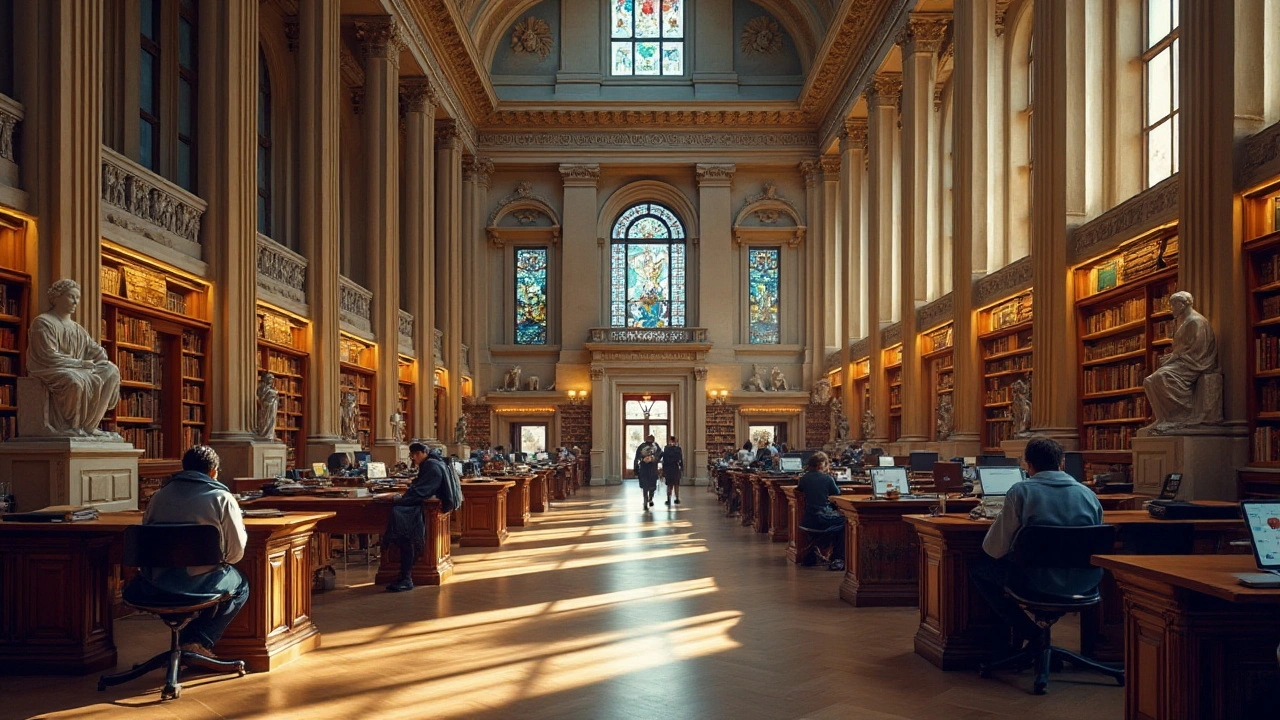
Architectural Resurgence
Architecture is a beautiful blend of functionality and creativity. Over the last few years, there's been a noticeable resurgence of classicism in modern architecture. This revival is not just a nostalgic nod to the past but a strategic incorporation of timeless principles into contemporary designs. Architects today draw inspiration from ancient Greek and Roman structures, employing classical elements like columns, pediments, and symmetry to create spaces that are both aesthetically pleasing and functional.
A strong example of this trend is the new building of the National Museum of American History in Washington, D.C. Opened in 2023, this structure incorporates Doric columns and traditional entablatures, blending them seamlessly with modern materials and sustainability technologies. It’s a beautiful juxtaposition of old and new, honoring the rigorous forms of ancient architecture while addressing today’s environmental concerns.
Another fascinating aspect of this architectural resurgence is the modern public's emotional and psychological responses to classical designs. Studies have found that people often feel a sense of gravitas and calm when entering buildings designed with classical elements. This is possibly because of the inherent balance and order that such designs often embody. Richard Economakis, a renowned professor of architecture at the University of Notre Dame, says:
“Classical architecture speaks to a deep part of human psychology, evoking feelings of stability and permanence. In times of rapid change, these qualities are tremendously reassuring.”
Modern cities are also seeing classical influences in more urban settings. Look at Battery Park in New York City, where recent developments have reintroduced neo-classical elements in high-rise buildings. This is far removed from the stark glass and steel structures that dominated the late 20th century. These new buildings not only stand out aesthetically but also aim to provide a sense of place and historical continuity in an ever-changing urban landscape.
Notably, this resurgence is not just about adopting old styles but creatively adapting them. For example, the Apple Campus in Cupertino, designed by Norman Foster, features a vast central courtyard reminiscent of ancient Roman villas. While highly futuristic in its technological innovations, the architecture is deeply inspired by classical forms, showcasing how *classicism* continues to shape even the cutting edge of design.
It's also interesting to see how this revival is being embraced in residential architecture. Homeowners and architects are increasingly opting for classical elements such as porticoes, pilasters, and classical moldings in their designs. This shift can be seen as a response to both the minimalist trends that have dominated recent decades and a desire to create homes that project a sense of permanence and history.
The resurgence of classical principles in contemporary architecture also brings an important sustainability angle. Classical designs, with their focus on natural light, ventilation, and durable materials, align well with modern sustainable design practices. Incorporating these ancient principles can make buildings more energy-efficient and long-lasting, contributing to broader goals of environmental responsibility.
In conclusion, the architectural resurgence of *classicism* reflects a complex interplay of aesthetic, emotional, and practical considerations. As architects continue to draw from the rich well of classical design, we are likely to see even more innovative and inspiring structures that bridge the past and the present, offering us spaces that are not only beautiful but also profoundly human.
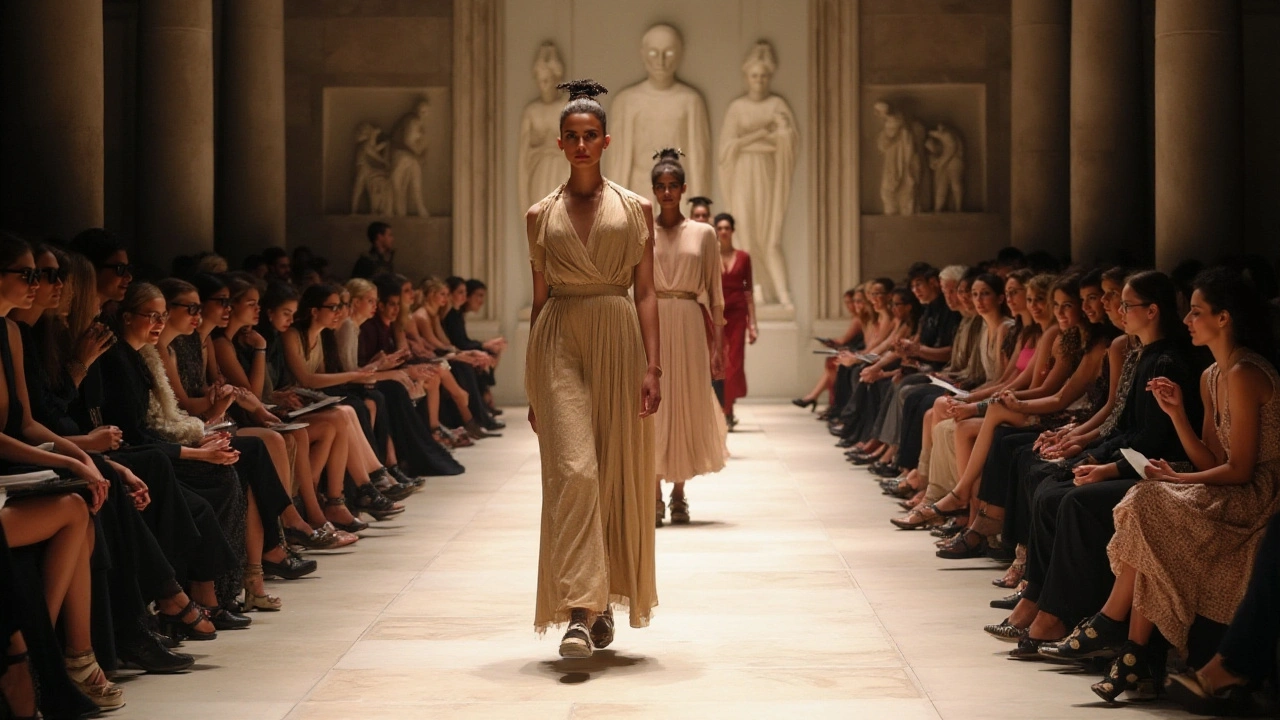
Cultural Impact and Future Prospects
The infusion of classicism in modern times reverberates through multiple layers of contemporary culture, deeply influencing our artistic and intellectual landscapes. This pervasive impact can be seen in various forms of expression, from visual arts to literature and beyond. It's as if society is grasping onto these timeless ideals to navigate the complexities of the 21st century.
One key area where classicism has left a significant imprint is in the realm of visual arts. Artists such as John Currin blend classical techniques with modern subjects, creating a juxtaposition that prompts viewers to reconsider the relevance of classical forms today. This artistic revival isn't merely an echo of the past but a thoughtful integration of historical aesthetics into modern narratives. Michele Gelfand, a professor of psychology, suggested, "As societies become more complex, the need for cultural anchors, such as classicism, becomes more pronounced."
The influence extends beyond individual artworks to larger cultural phenomena. In cinema, one can observe a renaissance of classical storytelling methods. Movies like 'Gladiator' and 'Troy' not only revive ancient stories but also recontextualize them, making them accessible and relevant to modern audiences. This cultural dialog between the past and the present enriches both, providing new lenses through which we can examine timeless human experiences.
In literature, the mythological narratives of ancient Greece and Rome are experiencing a resurgence. Authors like Madeline Miller and her popular novel 'Circe' are breathing new life into old myths, retelling these stories with modern sensibilities. This practice not only preserves these ancient myths but also makes them resonant with the issues and values of contemporary society, thereby preventing them from becoming mere relics of the past.
As we look to the future, it's clear that the threads of classicism will continue to weave through our cultural fabric. The rise of digital media has democratized artistic expression, allowing more people to explore and reinterpret classical themes. Virtual museums, online art platforms, and social media are becoming important venues for showcasing art that draws on classical influences, reaching audiences far beyond traditional geographic boundaries.
Educational curricula are also reflecting this trend. Schools and universities are placing renewed emphasis on classical studies, recognizing their enduring relevance. The skills and insights gained from studying classical texts are invaluable for fostering critical thinking and cultural literacy in an increasingly globalized world. By grounding students in the rich legacies of the past, educational institutions are equipping them to navigate the complexities of the future.
Moreover, classicism's impact isn't limited to the arts and humanities. Its principles are increasingly being applied to modern science and technology. For instance, the architectural beauty of the Parthenon isn't just an artistic marvel but also a testament to the advanced engineering skills of the ancient Greeks. Modern engineers and architects often revisit these classical structures, drawing inspiration for today's projects and addressing contemporary challenges through ancient wisdom.
National Geographic recently featured an article comparing modern-day urban planning with ancient Roman city layouts, demonstrating how some principles remain constant. As we strive for sustainable development, the efficient use of space and resources in ancient cities often provides valuable lessons. Such interdisciplinary applications underscore the timeless nature of classical wisdom, proving its relevance across different fields and time periods.
Ultimately, the revival of classicism speaks to a broader human need to find balance and order in an increasingly chaotic world. By anchoring ourselves in the wisdom of the past, we gain a sense of continuity and perspective that helps us navigate the future. Whether as a deliberate revival or as a nostalgic reminiscence, the influence of classicism in modern times is undeniable, weaving a rich tapestry that connects us to our history while guiding us forward.

